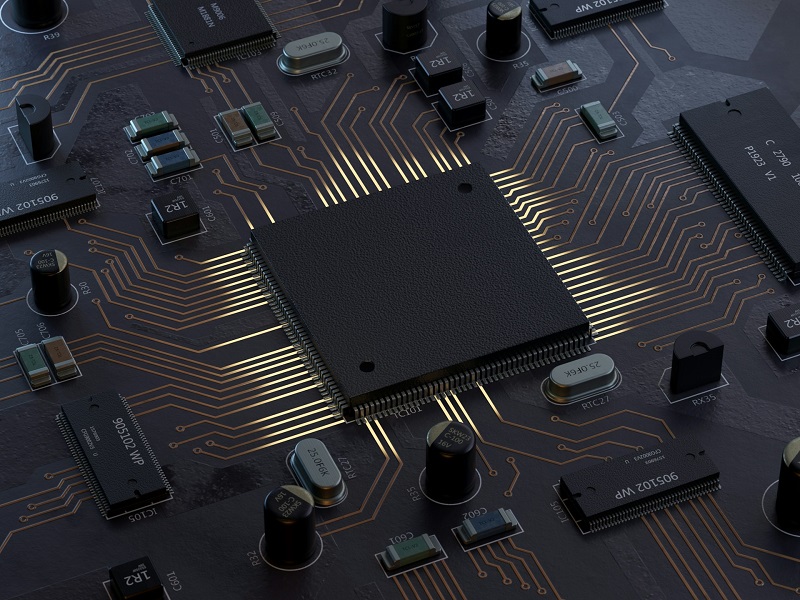The device successfully retained stored data for more than 10,000 seconds and distinguished between On and Off states over one million cycles. ......
Vous n'êtes pas connecté
 - KNOWRIDGE.COM - A La Une - 26/Jan 14:06
- KNOWRIDGE.COM - A La Une - 26/Jan 14:06
Scientists develop high-speed optical memory to revolutionize computing
Researchers have developed a groundbreaking optical memory device called a programmable photonic latch, promising faster and more efficient data storage for optical systems. This new technology, designed using silicon photonics, is a significant step forward in optical data processing and could pave the way for next-generation computing. The photonic latch works like a simple memory […]
Articles similaires
Korean Scientists Develop Memory Device That Vanishes In Water
The device successfully retained stored data for more than 10,000 seconds and distinguished between On and Off states over one million cycles. ......
New material could revolutionize low-power memory and 6G devices
Imagine your phone or computer lasting much longer on a single charge, storing more data, and running more smoothly. Thanks to a new breakthrough from...
New material could revolutionize low-power memory and 6G devices
Imagine your phone or computer lasting much longer on a single charge, storing more data, and running more smoothly. Thanks to a new breakthrough from...
Quantum breakthrough: ‘Magic states’ now easier, faster, and way less noisy
Quantum computing just got a significant boost thanks to researchers at the University of Osaka, who developed a much more efficient way to create...
Indian Scientists Build Pocket-Sized Bone Cancer Detector
Indian researchers at IIT-BHU have developed a portable, reagent-free device to detect early-stage bone cancer (osteosarcoma), offering rapid...
Photonic Inc. Appoints Top Tech Leaders to Accelerate Quantum Innovation and Growth
New executive appointments extend company’s commitment to scaling global quantum infrastructure and industry leadership VANCOUVER, British...
Scientists create ‘magic’ material that pulls drinking water from thin air
Australian scientists have developed a revolutionary nanomaterial that can extract clean drinking water from air humidity, potentially helping...
Innovative clip-off chemistry enables fast and precise production of complex molecules
Researchers at the ICN2 and the UAB have developed a novel strategy to obtain different types of organic molecules by breaking down their molecular...
Innovative clip-off chemistry enables fast and precise production of complex molecules
Researchers at the ICN2 and the UAB have developed a novel strategy to obtain different types of organic molecules by breaking down their molecular...
Latest releases
-
Aucun élément



